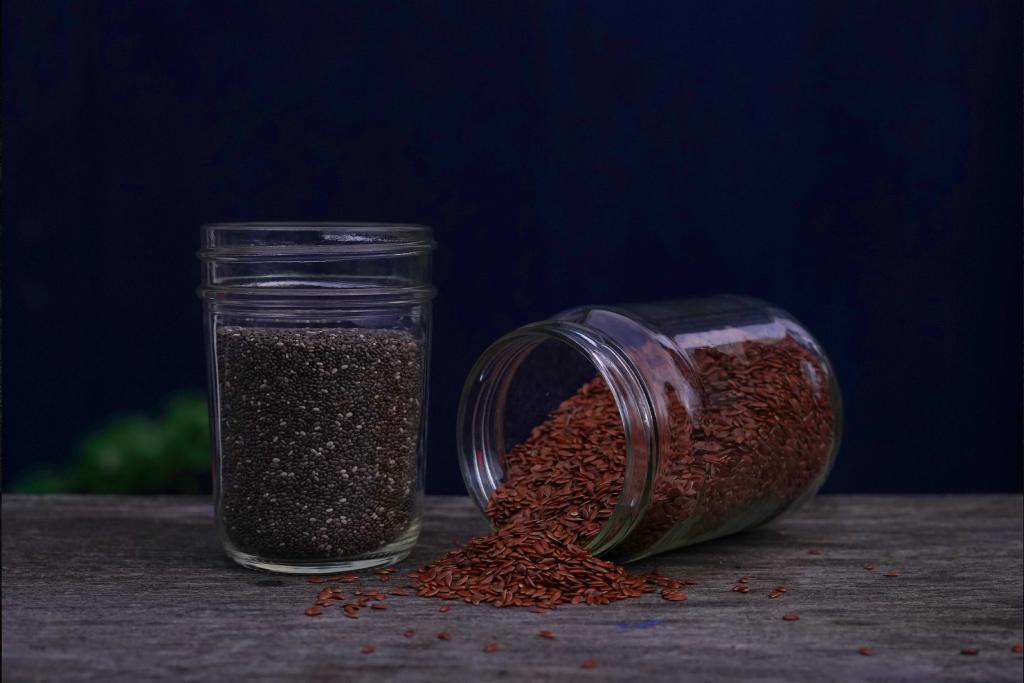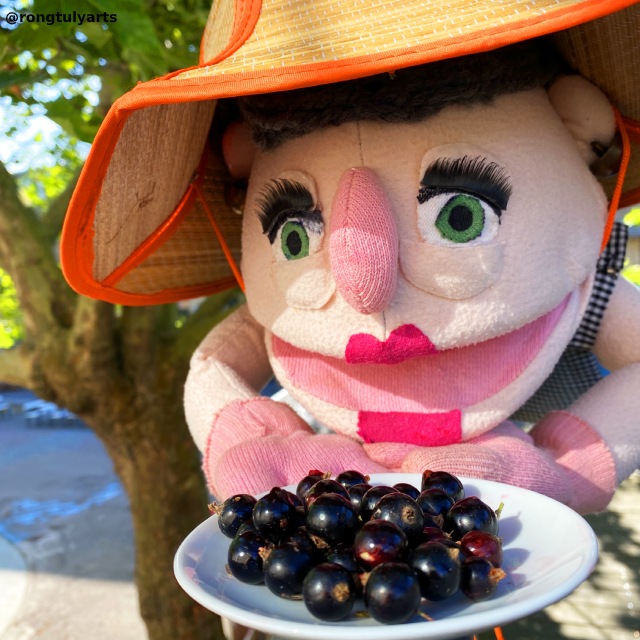Local alternatives to exotic superfoods

Every once in a while, a new superfood shows up on the radar and the whole internet goes crazy. Problem is, most superfoods have an exotic origin, making them anything but a sustainable choice. ♻️ The funny thing is that transporting those superfoods around the world is completely unnecessary as there are many local alternatives that are just as healthy and nutritious. Read on for Grandma Sita’s favourite replacements. 💚
1 Chia Seeds
Chia Seeds are a popular ingredient in the vegan kitchen as they can not only be turned into a nourishing porridge but also make a great egg replacement. Unfortunately, the seeds are mostly grown in places like Latin America or China, so they have to travel quite far to get to our breakfast bowls and cake tins. Not to mention that, in many cases, the use of pesticides is a bit of a black box in those regions of the world.
The good news is, there is a local alternative. Flax seeds are indigenous to Europe, easy to grow – and they even have more protein and omega 3 acids than their counterparts. While they may not taste as nice as porridge, they can also be used as an egg replacement for baking.

2 Quinoa
Quinoa is another hyped superfood that is usually imported from other continents where it is farmed as a monoculture with devastating effects for the local nature. It’s popular because it’s a great source of protein and has high levels of iron (for a plant that is). As a bonus, it is gluten-free and thus attractive for anyone with gluten intolerance or allergy.
Well, all of this is also true for millet which can be grown in Europe. Therefore, it is by far the more sustainable option. If you cannot live without quinoa at all, check for Danish Quinoa Group 👉https://www.danishquinoagroup.dk/, or at least European, suppliers.
3 Açai
Açai smoothie bowls are everywhere! One reason is the high amount of anthocyanins the berries contain, another one is probably the lively purple colour that makes the bowls look extra healthy. Among other benefits, the blue pigments are acting as an antioxidant and fight free radicals which makes them a popular ingredient.
Luckily, there’s a more sustainable alternative – local red, blue and purple fruit and vegetables also contain this type of flavonoids. You can replace açai berries with blueberries (which actually contain more antioxidants), black currants, or other native berries. Or you can add vegetables like red onion or red cabbage to your diet.

4 Avocado
Yes, I know, there isn’t anything that could ever replace creamy guacamole. Avocado is a fantastic ingredient for dishes sweet and savoury. But the ugly truth is that it is grown as a monoculture and requires insane amounts of water. It has become an important export good for e.g., Mexico where avocado farming has sadly fostered cartel-like structures (watch that Netflix documentary if you haven’t yet).
If you are eating avocado because of its health benefits, you may as well swap them for walnuts which contain a higher level of unsaturated fats than the creamy green fruit. And again, if you cannot live without it, at least look for avocados farmed in Europe.
5 Goji berries
Hail the goji berry! A couple of years ago the goji berry suddenly was everywhere you looked. Celebrated for its immune system boosting effects and high vitamin C and iron levels, it was a go-to ingredient in smoothie bowls and breakfast porridge. However, studies showed that the berries, which are mostly grown in China, are heavily contaminated with pesticides. Talk about reversing health benefits…
You will find high levels of vitamin C in local alternatives like sea buckthorn or rosehip, while foods like, for instance, beetroot, oats, stinging nettle provide iron.

🌱 Your diet doesn’t require superfoods
This hopefully gave you some ideas of how so-called superfoods can be replaced with local alternatives. Remember that a balanced diet with lots of regional seasonal vegetables and fruits doesn’t require any superfoods.
🌎 Moreover, the shorter transport distances are better for the environment. Also, the products are usually fresher and better controlled by the authorities.
🚜🇩🇰 Salling Fonden and WeFood have created a veggie, fruit & berry calendar that shows you what produce is in season and thus the most sustainable choice in Denmark. 👉❄️ WINTER 🌼 SPRING ☀️ SUMMER 🍂 AUTUMN
🖋️ Words by @theroadbeneathmyfeet
Did you know?
Superfood is a marketing term for food claimed to confer health benefits resulting from an exceptional nutrient density. The term is not commonly used by experts, dietitians and nutrition scientists, most of whom dispute those particular foods have the health benefits claimed by their advocates. (Source: Wikipedia)
